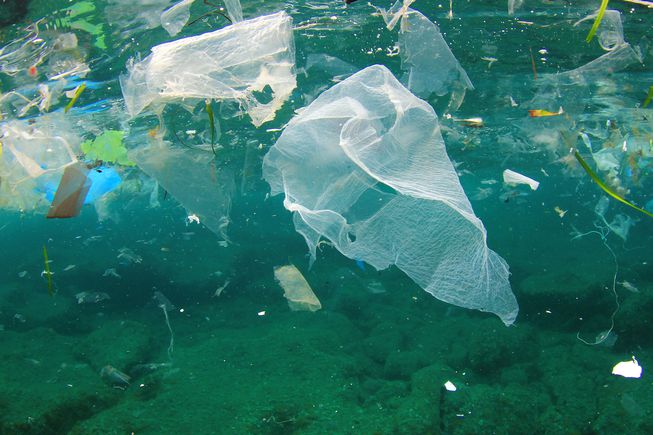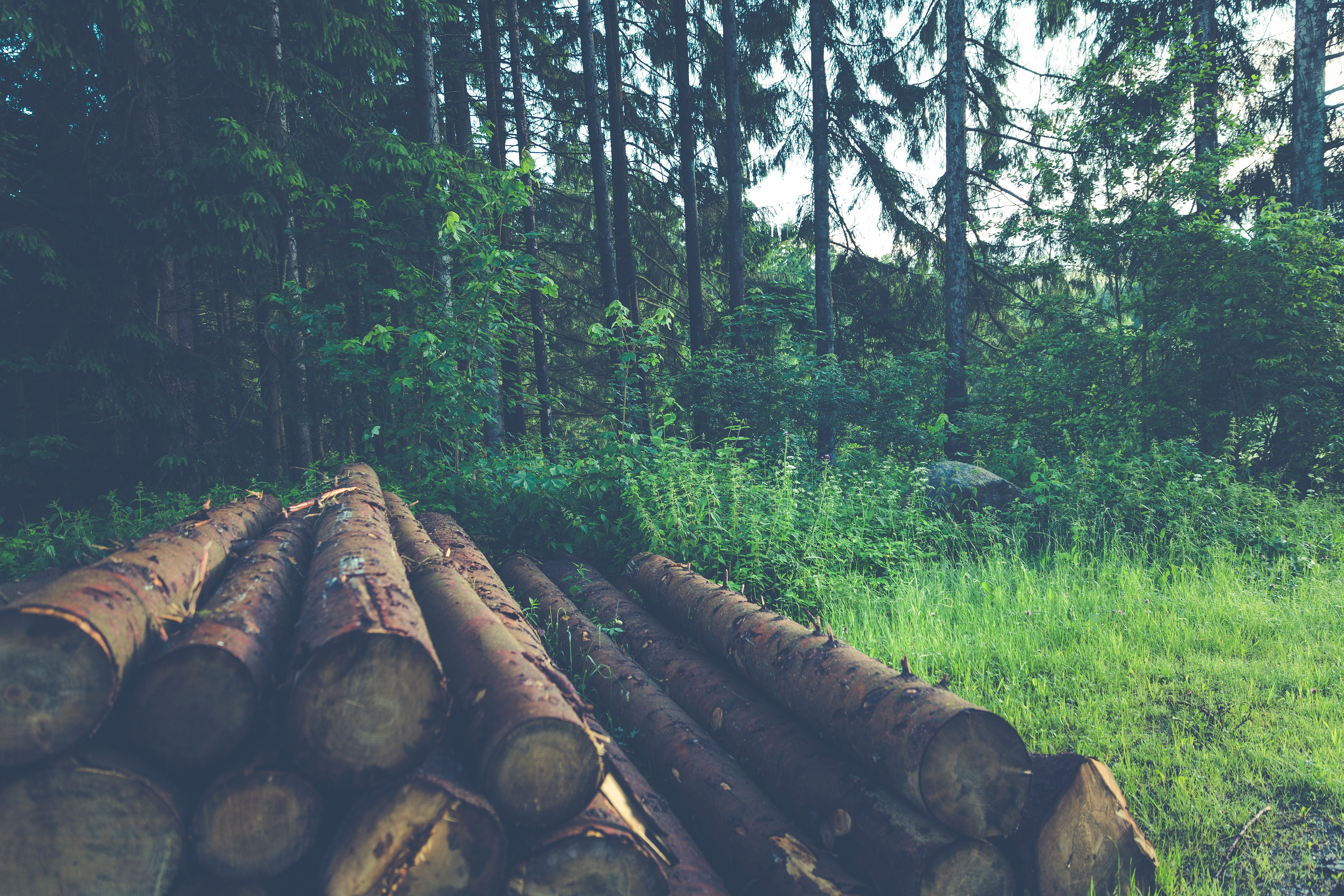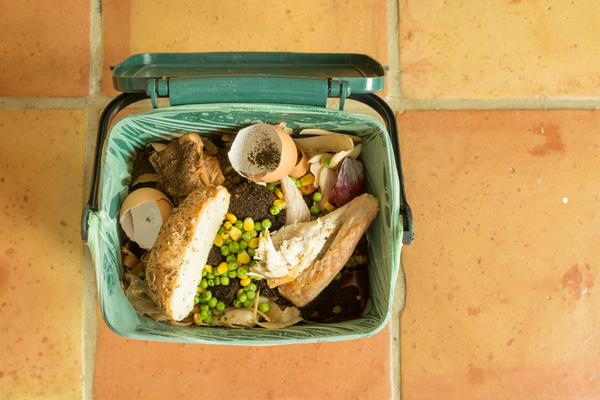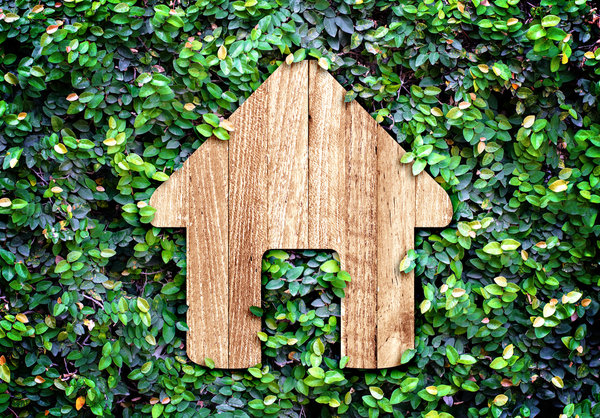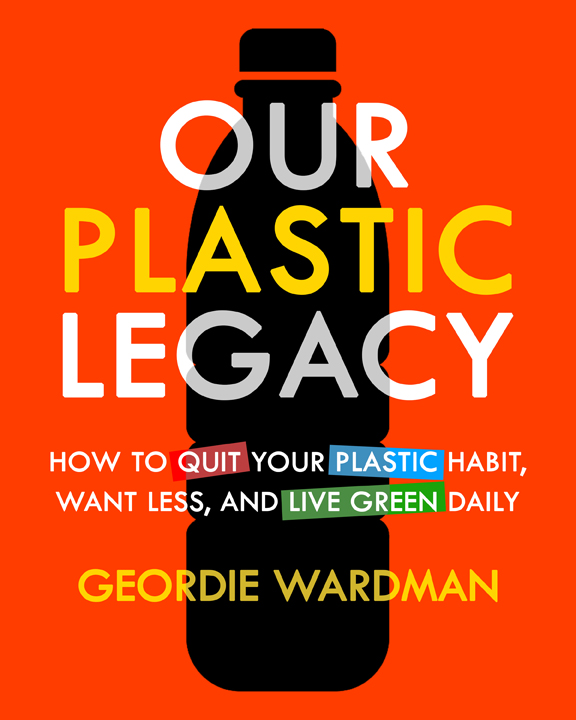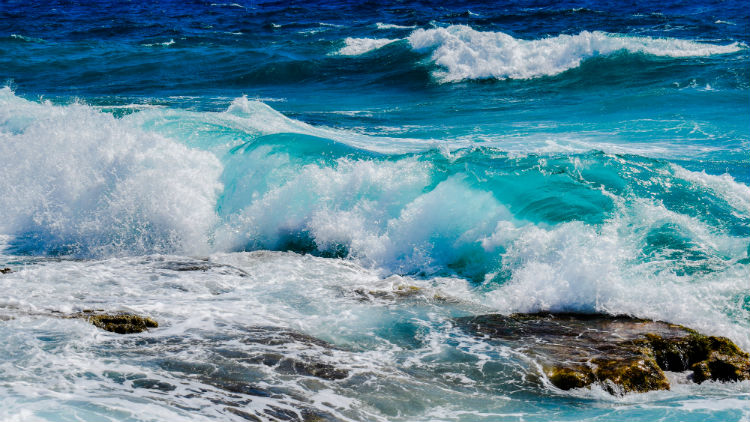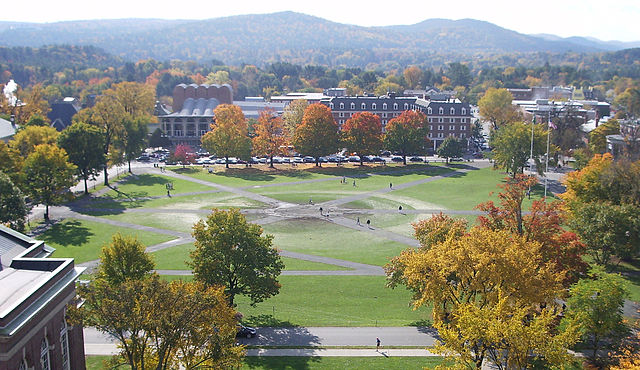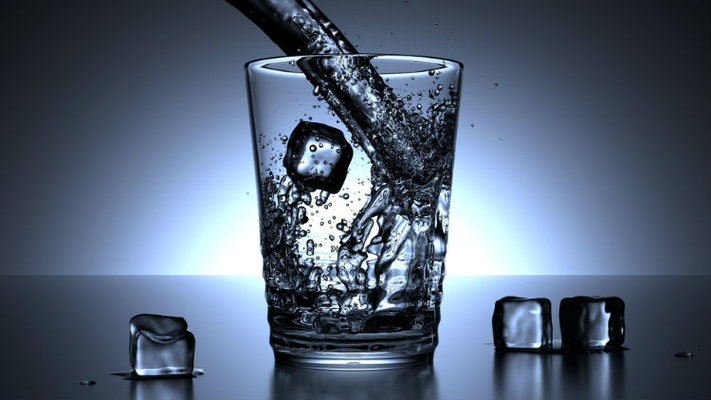Floating trash collector will try to scoop up the Great Pacific Garbage Patch
Continue reading... →It’s no secret we affect the world around us in both positive and negative ways. One thing a lot of people don’t think about is soil erosion — the tendency of soil to wash away or eroded by water. How do human activities contribute to soil erosion and what can we do to reduce our impact?
Continue reading... →Compare all the wasted food in the world to the world’s nations, and that pile of food would be the third largest emitter of greenhouse gasses in the world. It would also be roughly the size of China: That’s how much land is required to produce the amount of food we discard each year. For Dave Lewis, the CEO of international grocery-store chain Tesco and the chairman of Champions 12.3–a group of 40 leaders across the public and private sectors committed to reducing food waste by advancing the U.N. Sustainable Development Goal 12.3–those facts are reason enough for curbing the amount of food we discard without thinking. There’s also the fact that more than a billion tons of food goes unconsumed each year, while one in nine people across the world are malnourished.
Continue reading... →The recycling organization, Thread, is teaming up with the shoe and apparel company, Timberland, to bring customers new products made from 50% recycled plastic, collected as part of an economic revitalization project in Haiti. In Haiti, for the fabric made for Timberland, more than 1,300 people collected plastic bottles, and sold them to 50 Haitian-owned and operated collection centers that Thread partners with. The process to turn a bottle into fabric is fairly simple: the plastic is mechanically broken down into flakes, put through something that looks like a Play-Doh extruder, and then rolled and manipulated into bales that can be spun into fabric. Plastic bottles are made from oil; so is polyester. When a bottle is recycled into fabric, the end result looks the same as if it had come from fossil fuels (it can also be recycled into other products, such as printer cartridges).
Continue reading... →Did you know that every piece of plastic ever created from the time of invention in 1905 until now is still in existence today? Did you also know that by 2030 (just shy of 2 more decades) there will be more plastic in the oceans, than fish? Follow along in this conversational and action-oriented book as author Geordie Wardman presents a simple solution to the reasons why you should be worried, nay terrified, about the plastic that is piling up, literally, on the planet. In Our Plastic Legacy. How to quit plastic, want less, and live green daily, you will find: Why plastic pollution is arguably the single most important environmental crises in the world today, perhaps greater but most certainly contributing to climate change -Facts about how plastic affects our environment, particularly our oceans and our health -How a single person can do more to help solve the problem than ever imaginable.
Continue reading... →The process of restoring the ocean can help reduce poverty, increase food sources in coastal areas and provide income. A report designed for the UN World Ocean Conference suggests several ways humans can accomplish these goals, such as recovering and managing fisheries to revive the economy and alleviate poverty and hunger. The report, created by the Nippon Foundation — Nereus Program, highlights the issues of climate change due to global warming and how countries can work together to save the ocean and its marine life. One concern raised in the report is the rising sea levels, which are forcing fish to move to different locations, but more people are moving towards the coasts. To sustain ocean life, researchers are combining artificial intelligence (AI) with robotic technologies for efficient monitoring in places humans cannot go.
Continue reading... →The town of Hanover, New Hampshire voted on May 9th to establish a goal of transitioning to 100 percent clean and renewable energy by 2050. The article approved at the Tuesday May 9th town meeting sets a community-wide goal of transitioning to 100 percent renewable electricity by 2030 and a 2050 goal of transitioning heating and transportation to run on clean, renewable sources of energy.
Continue reading... →If you’ve tried random tips to minimize your energy use at home and are wondering why it hasn’t affected your electricity bill, not even one bit, your efforts may not be enough. Although there are a lot of cost-saving tips to follow that effectively conserve energy, you might be missing ONE thing. Here is an infographic about how to save money and conserve energy at home.
Continue reading... →In most U.S. households, it’s no big deal to get up in the middle of the night for a drink of water. It happens to many of us, and we don’t give it much of a second thought. Despite some notable recent exceptions, there is an abundance of clean and safe drinking water in this country. But do you really know where your drinking water comes from? Do you know about the infrastructure needed to deliver water to millions of homes each and every day? For many people, the water infrastructure issue came to the forefront during the crisis in Flint, where water from the Flint River was 19 times more corrosive than water from Detroit. The state Department of Environmental Quality violated federal law by not treating the river water with an anti-corrosive agent, according to a class-action law suit. The situation in Flint is one example of the country’s crumbling water infrastructure. Six billion gallons of treated water is lost each day due to leaky pipes, and the American Water Works Association (AWWA) estimates that we need $1 trillion to meet demands over the next 25 years.
Continue reading... →